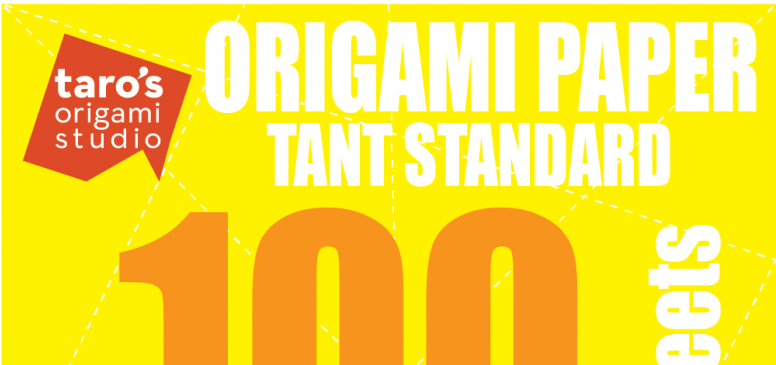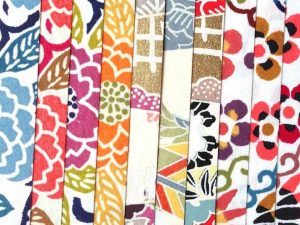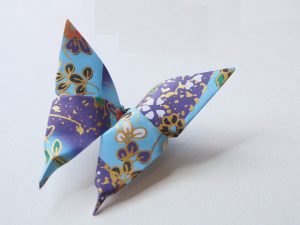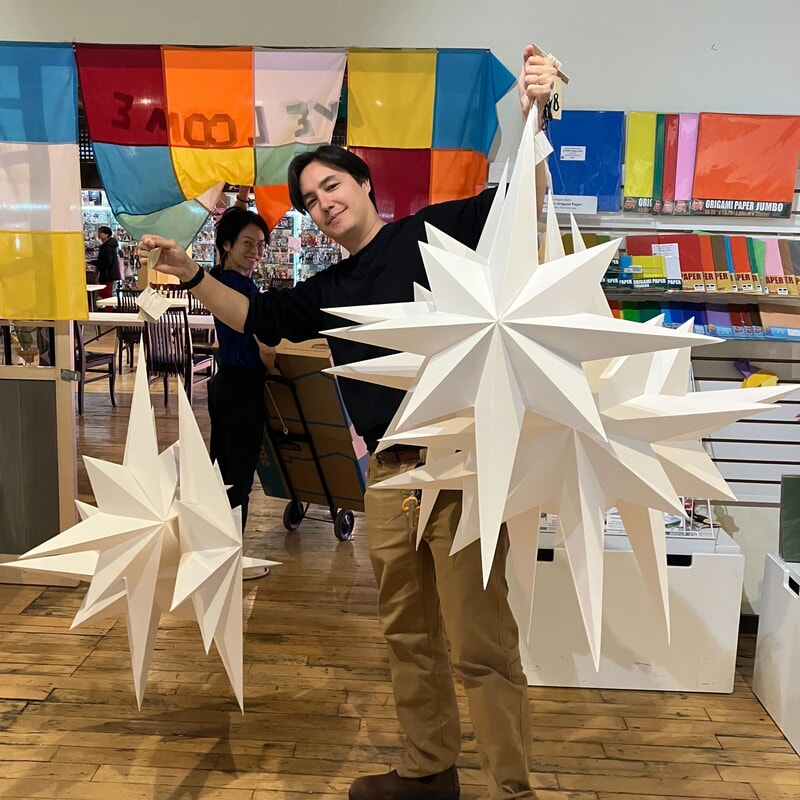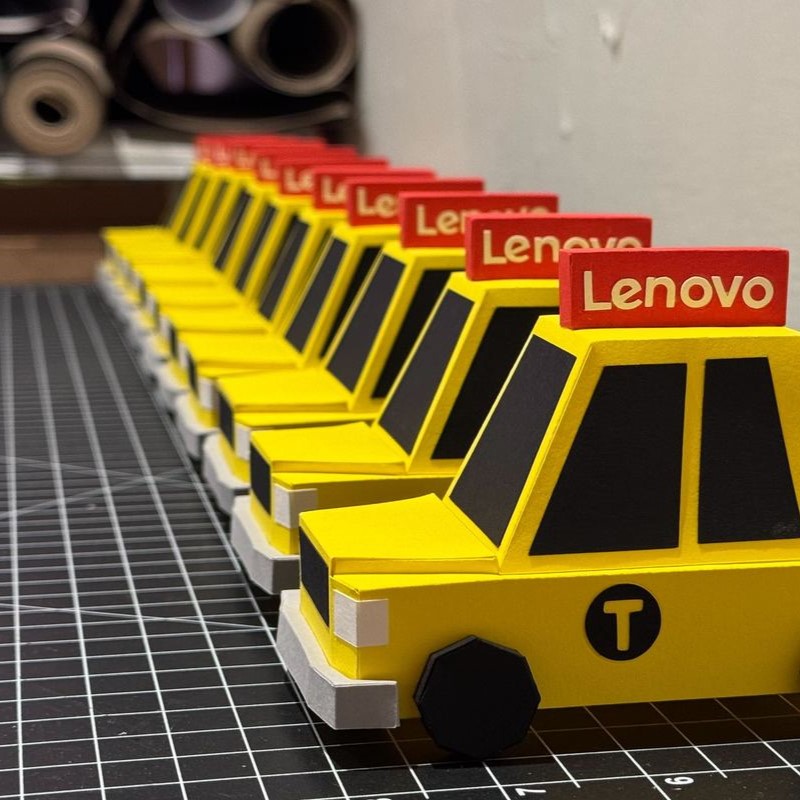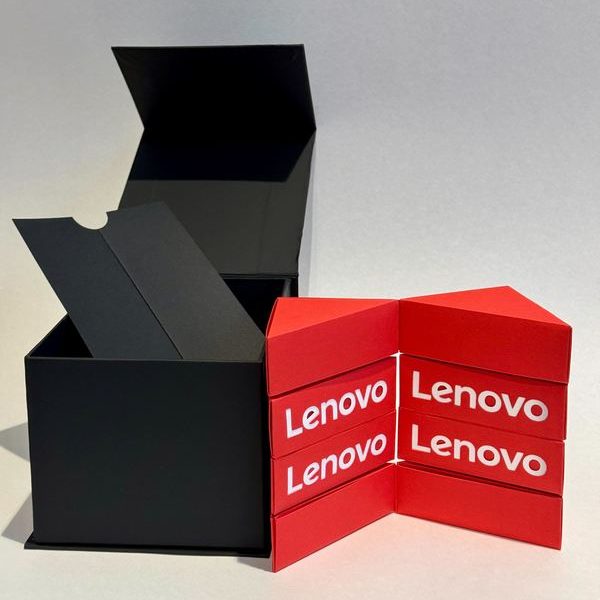A Guide to the World of Origami Paper:
The Basics
Materials-
High quality origami paper is only as good as the paper that you start with. That means that for most origami projects, something like copy or printer paper simply won’t do. The best origami paper comes from Japan in factories that have been around for generations and have staff that have honed their skills over many years. They start with white paper and ink or stamp various colors and designs onto it depending on the type of origami paper being created. You can take a look at the process in action below.
Printing-
The printing process in origami paper is critical to making paper that can be folded and resist cracking. High quality locations in Japan (like the one shown in the video above) use non-toxic long-lasting inks that fill into the cracks in the fibers of the paper to create a very smooth folding surface. This process also means that when you fold the paper, the ink has penetrated to ensure the white doesn’t show or crack through when creasing the paper. This is far superior to the cheaper process (most commonly done in Chinese papers to save on ink costs) of dying the fibers of the paper first to make colored paper.
Thickness-
GSM is what we use to talk about paper thickness. The lower the gsm the thinner the paper and the higher the gsm the thicker it is. A lower gsm paper is usually easier to fold but more delicate while a higher gsm paper is usually stronger but a bit harder to fold.
- Newspapers are around 35 gsm to 55 gsm.
- Printer paper is usually around 90 gsm to 100 gsm.
- Business cards are usually around 350 to 400 gsm.
The Types of Paper:
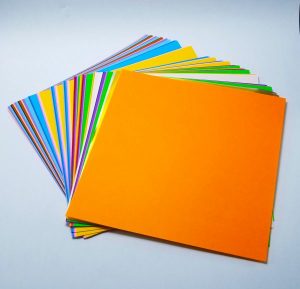
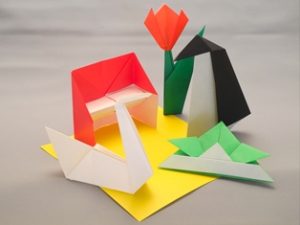
Standard is the go-to for all origami folders; this paper is colorful, thin, and resilient. Sometimes referred to as “Kami” (the Japanese word for paper) standard is probably the most common and well-known kind of origami paper. It’s usually white on the back with a solid color or pattern on the front and a smooth texture. It is quite thin, usually around 60 to 63 gsm and it comes is a huge variety of different colors and patterns. This paper varies in size from around 15cm x 15cm (about 6 inch) all the way up to 35cm x 35 cm (about 14 inch) squares and can be used for most kinds of origami. It’s only downside is that it can crack on really complex models where the paper has been folded many times in the same place.
+ Holds creases very well and is very easy to use.
+ It’s one of the least expensive versions of origami paper.
+ Perfect for simple or intermediate-level models, easy modulars, casual folding and beginners.
+ Larger sizes are the best starting option for super-complex models.
+ Standard is widely available.
+ Comes in a variety of around 60 different colors and 3 different sizes.
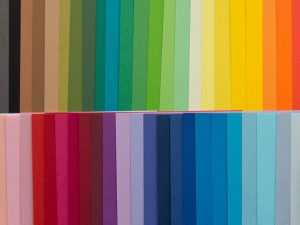
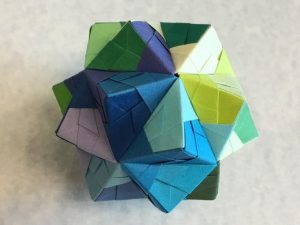
When is comes to single colored dyed-fiber papers, there is only one quality option. Tant (meaning “a lot” because of its huge variety of colors) is a rigid and textured paper, perfect for modular and origami models. Tant became famous in Japan because even though it is a dyed-fiber paper (and this usually means a decrease in strength) it is still able to be creased repeatedly without cracking or breaking, which makes it unique in the origami world. This versatile kind of origami paper is only made in Japan by the Hokuetsu company, and can be used to fold pretty much anything from simple models to complex ones. It’s a stiff paper but also retains a very delicately textured surface. The paper is thicker than standard, but still thin enough to fold: around 70 to 80 gsm.
+ Great choice for advanced folders and the larger sizes are perfect for harder / larger models.
+ This paper is quite flexible and holds creases and shapes very well.
+ There’s a huge (over 200) variety of different color options available and the color doesn’t fade over time.
+ This paper works really well with wet folding.
+ Great paper for modulars.
– Tant paper is a little thicker than standard, so it isn’t recommended for super-complex models.
– Tant is unique to one company and can be hard to find at times.
– Tant only comes in solid colors.
DUO COLOR STANDARD
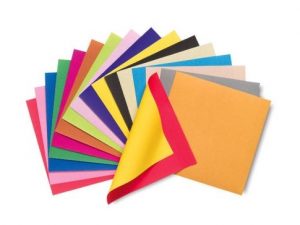
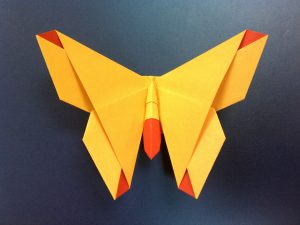
This paper is a lot like standard, but has is a different color on the front and back of each sheet. There is also a variety of color combinations, making it great for origami models that have a color change, like tigers, penguins, or butterflies. The only difference with Standard paper is that because of the extra layer of ink, it can be a tiny amount thicker than standard paper.
+ Different color combinations are perfect for certain models.
+ Similar to standard in almost all ways.
– Doesn’t have as many size options as standard paper.
WASHI
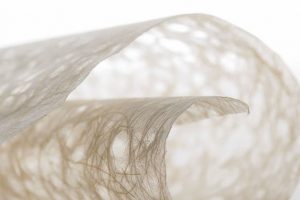
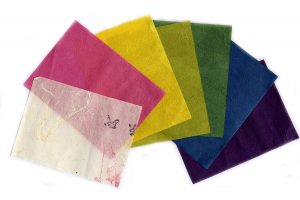
Washi is a traditional Japanese paper that’s made by hand using long plant fibers. This paper has a very unique Japanese feel, and was originated by Japanese masters that have passed the skill on for generations. It is usually very thin and is often fabric-like to the touch. It is usually around 50-75 gsm.
+ Washi is very thin, strong, and durable, and can be wet-folded because there is no glue in the paper to hold it together.
+ Models folded with washi paper appear a bit more life-like because of the texture.
+ Every sheet is unique because of the fibers, and larger rolls are available.
– Washi can be a bit more difficult to fold because of the fibers, especially for complex models.
– This paper can be a little bit more on the expensive side if you find handmade sheets,
– Washi is generally available only in basic colors.
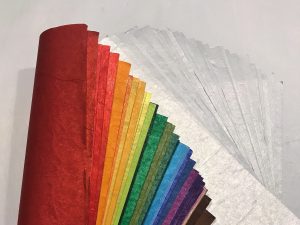
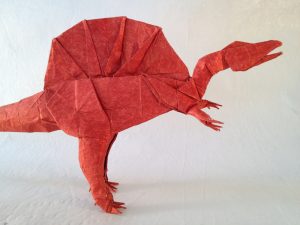
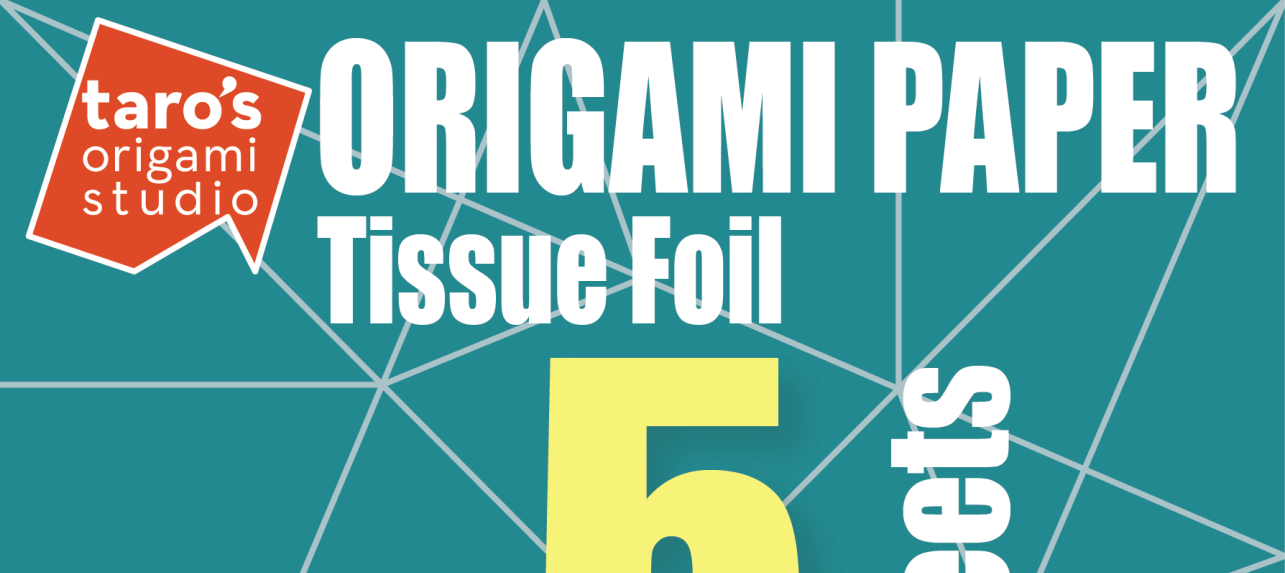 This paper has a color tissue paper to one or both sides of a sheet of aluminum foil sheet. Tissue foil is one of the easiest papers to use for origami, because it is a combination of foil and tissue paper. The foil makes it strong and stiff while the tissue makes it more flexible and can provide a wide variety of colors or patterns. In the past the only way to get this paper was to make it yourself, which can be costly and time consuming. It’s pretty thin, around 50 gsm and can come in some of the largest sheets for origami paper available- up to 45cm squared (17 inches)
This paper has a color tissue paper to one or both sides of a sheet of aluminum foil sheet. Tissue foil is one of the easiest papers to use for origami, because it is a combination of foil and tissue paper. The foil makes it strong and stiff while the tissue makes it more flexible and can provide a wide variety of colors or patterns. In the past the only way to get this paper was to make it yourself, which can be costly and time consuming. It’s pretty thin, around 50 gsm and can come in some of the largest sheets for origami paper available- up to 45cm squared (17 inches)
+ This is one of the easiest kinds of origami paper to use since it’s so thin and strong.
+ It comes in larger sizes, and is perfect for super complex folding
+ Each sheet is unique and has it’s own texture.
+ It holds creases very well and the foil makes it very easy to shape models
– This paper is more expensive than others.
Chiyogami is a traditional Japanese paper that’s made by with a pattered side and white side. This paper often has intricate Japanese patterns and designs, but the paper itself is a lot like a thicker version of standard and is usually smooth on top. Becuase it’s a little thicker to chow the patterns, it’s often only used for special occasions and smaller models. It is usually around 120-140 gsm.
+ Chiyogami is very strong and durable.
+ Models folded with chiyogami paper can have great patterns making them great for modulars and smaller projects.
– The paper is a bit more difficult to fold, especially for complex models.
– This paper can be a little bit more on the expensive side.
– The paper is only in smaller sizes.


